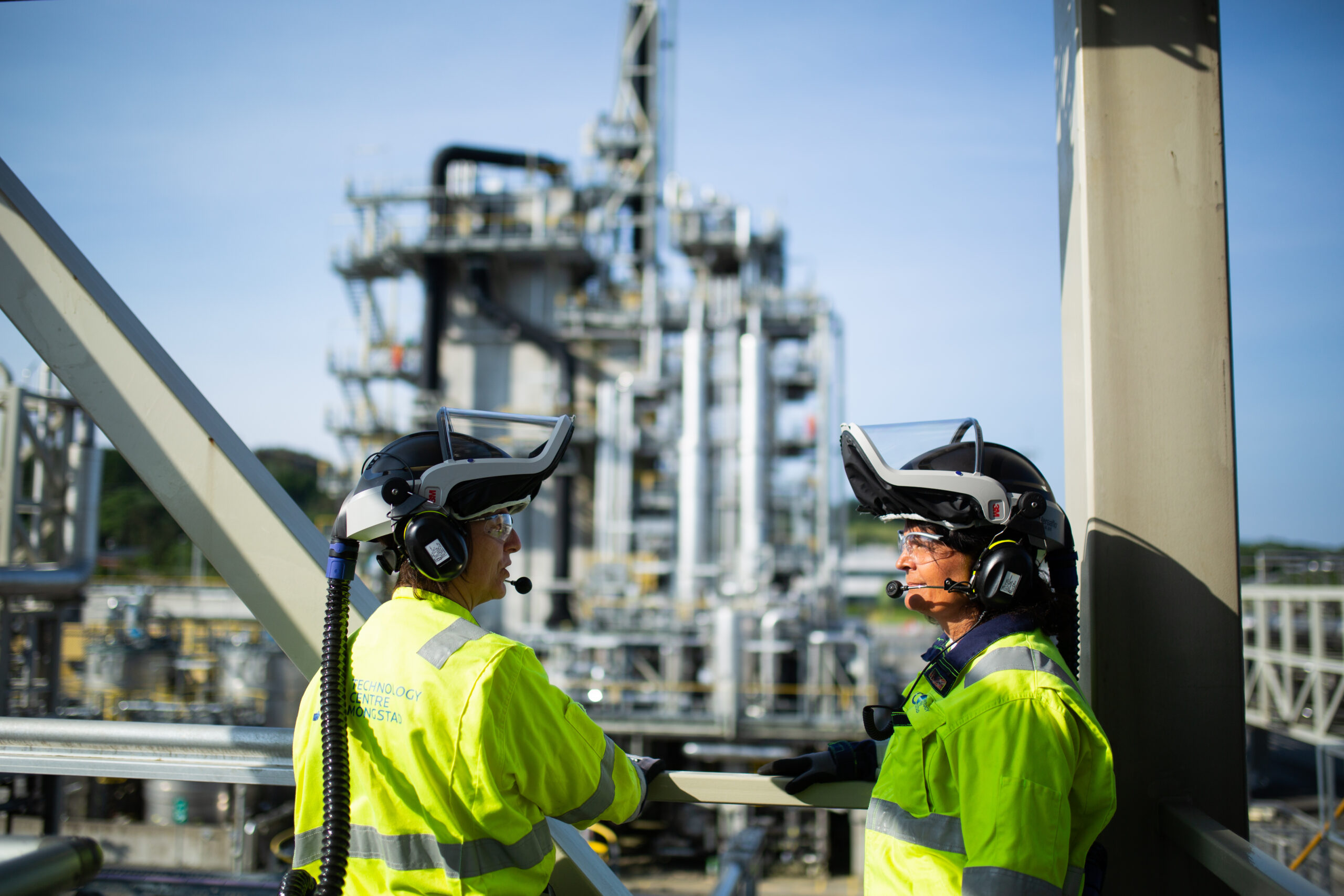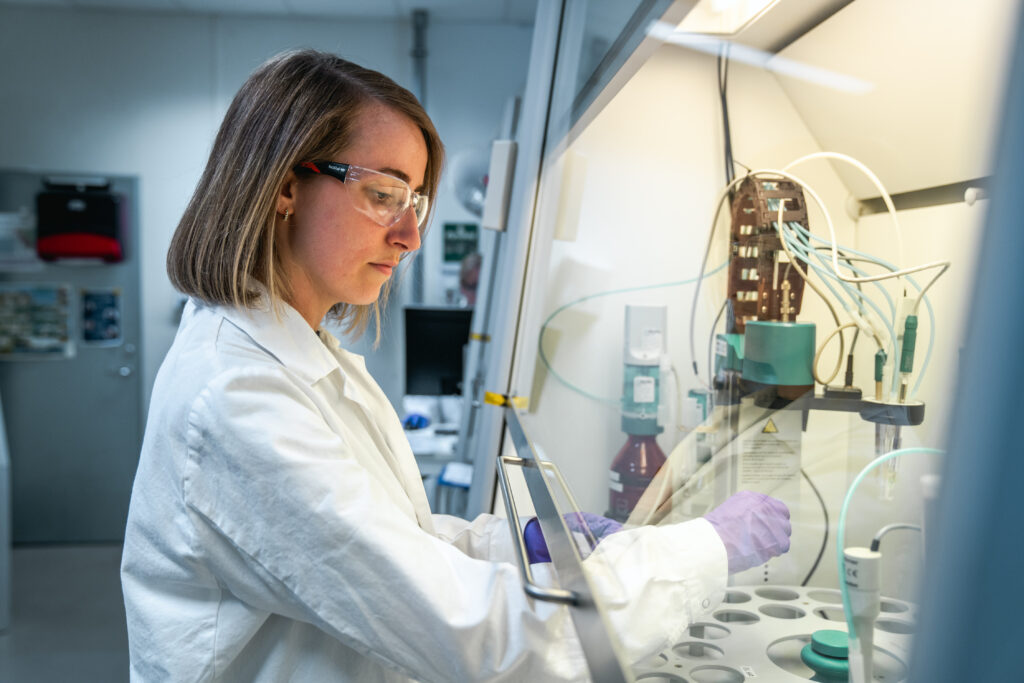
24.06.2025
Protecting Water, Advancing Capture: TCM’s Latest Research on Solvent Degradation
At the 17th Greenhouse Gas Control Technologies Conference (GHGT-17), TCM and its partners presented three pivotal studies advancing the environmental safety and scientific understanding of amine-based CO2 capture.
The highlights: a powerful new modelling tool for safeguarding water, refined methods for solvent analysis, and the discovery of previously unknown degradation products. Together, these efforts strengthen the foundations for safer, smarter carbon capture and storage (CCS) technologies.

Developing a Modelling Tool to Safeguard Water Near CO2 Capture Plants
TCM, in collaboration with NIVA and other partners, is developing a dynamic modelling tool to support industry and regulators in protecting drinking water sources near amine-based CO2 capture facilities.
Amine emissions can lead to the formation of nitrosamines (NSAs) and nitramines (NAs)-potentially carcinogenic compounds that may contaminate lakes and groundwater. This tool will estimate NSA and NA concentrations in nearby water bodies based on measured amine emissions, through:
- An atmospheric dispersion model, verified with in-situ plume measurements
- A catchment model simulating pollutant transport
- Laboratory studies on chemical reaction rates and NA biodegradability
- A web application allowing users to explore different operational scenarios and assess impacts on water quality
The goal is to support better decision-making, ensure compliance with safety limits, and promote the responsible deployment of amine-based CO2 capture technologies.
Advancing Analytical Tools for CESAR1
The second study presented a new LC-MS/MS method for analyzing degradation products in CESAR1, a leading solvent blend of AMP and PZ. The technique accurately detected and separated several non-volatile degradation compounds from the parent amines—demonstrating high precision, selectivity, and reliability.
This method significantly enhances the ability to monitor solvent health during operations and supports ongoing efforts to optimize process stability and efficiency.
Uncovering Unknown Degradation Compounds
In the third study, researchers analysed CESAR1 samples from pilot operations using industrial flue gases. A total of 35 degradation compounds were identified—12 of them never previously observed in CESAR1, AMP, or PZ.
By combining pilot-scale sampling with laboratory degradation stress tests, the researchers were able to map all major nitrogen-containing compounds in the solvent, helping close one of the most significant knowledge gaps in CO2 capture chemistry.
The study contributes to the Horizon Europe AURORA project, which aims to improve the environmental performance of advanced capture solvents.
Want to learn more?
Explore how TCM is working to improve solvent degradation and reclaiming: tcmda.com/studies-with-focus-on-amine-components
